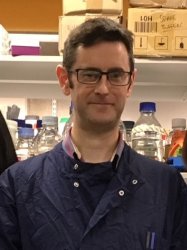BibTex format
@article{Edwards:2012:10.1111/j.2041-1014.2011.00628.x.,
author = {Edwards, AM and Massey, RC and Clarke, SR},
doi = {10.1111/j.2041-1014.2011.00628.x.},
journal = {Molecular Oral Microbiology},
pages = {1--10},
title = {Molecular mechanisms of Staphylococcus aureus nasopharyngeal colonization},
url = {http://dx.doi.org/10.1111/j.2041-1014.2011.00628.x.},
volume = {(1)},
year = {2012}
}

